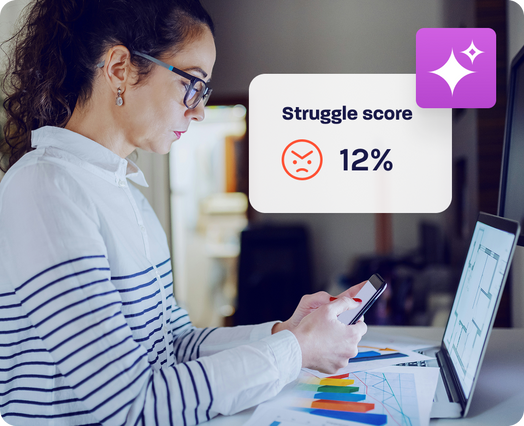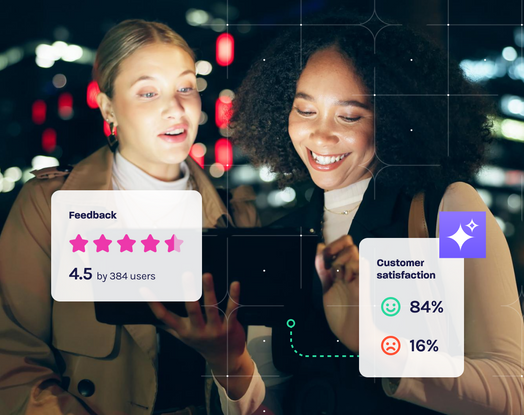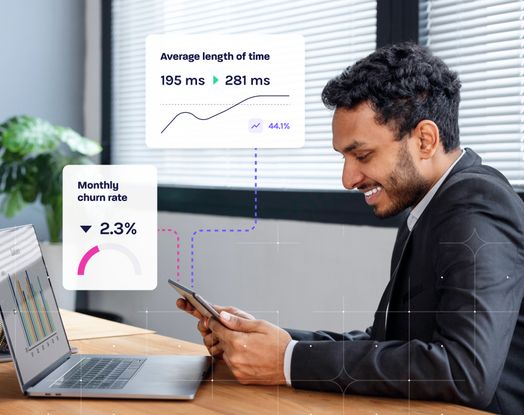
It takes a village: Collaboration in service of the digital customer experience
Building a digital customer experience that not only satisfies, but delights, is more than one individual or team can manage—no matter the skill sets. In the era of COVID-19, when virtual experiences abound, stressed out customers need experiences free of challenge and frustration. Excellence makes them customers for life. But delivering such an experience requires a myriad of skills to come together and tools to help stakeholders collaborate to provide high value.
According to a May 2020 report by Forrester Research, the demands of customer experience makes for major challenges. The research report, Digital CX And Design Trends 2020, states, “Companies face a conundrum as they flesh out their design teams with experts in specialized fields like psychology, neuroscience, design research, ethnography, and conversational design.”
It goes on to explain that experts must also have storytelling skills, know the business, understand front-end development, while they do project management and roadmap prioritization. “By expecting all their designers to be that versatile, they shrink their pool of potential candidates to an impossibly small one.”
This is unsustainable without tools that allow such experts—along with web traffic analysts, specialists, and customer experience managers—to work together. Collaboration is more important than ever, and with remote work virtual collaboration is essential.
The problems of the past have been replaced with higher order ones. Not only are sites and mobile apps plagued with errors and slow load times, but expectations have risen and competition is cutthroat and face-to-face interactions have been mostly replaced by digital channels. These apps don’t always work the way customers expect—especially when businesses innovate with new models and technologies without considering learning curves.
The new models, like in-store pick up, and new technologies, like AI, are fraught with errors, and require too much effort from customers. This makes an experience gap—between a company’s intentions and customer expectations.
While collaboration tools like Slack can enable multidisciplinary teams, to understand “why” users have negative or positive experiences and the value of fixing those pain points, collaborative digital experience analysis is needed.
Glassbox targets these situations to provide just that. The platform replays customer sessions to reveal screens they get stuck on and which experiences lead to purchase. Once revealed, a unique AI-driven report calculates how improving a specific experience affects revenue and customer experience. Prioritization becomes straightforward. And collaboration becomes easy once all stakeholders use a single platform to see the same intuitive visualizations and use the same tools, language and data. The objectives they all strive for are realized—sites that work correctly, deliver business results, and retain customers.
Collaborative digital customer experience analysis aligns all stakeholders in the village to pursue the ideal digital experience. And that leads to delighted customers and business growth.








